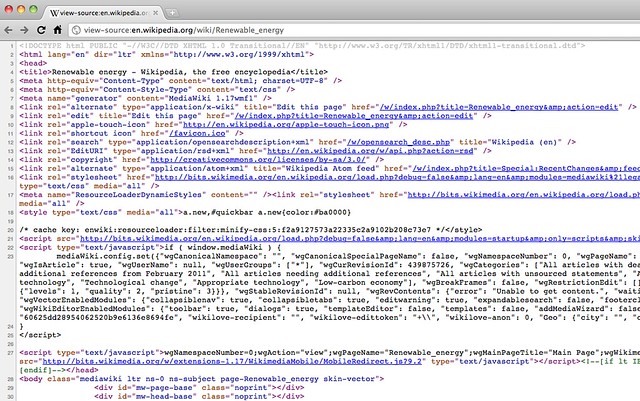
There is a lot of work happening to reduce the increasing energy footprint of ICT – at the infrastructure level, at the CPU level with ARM-based servers, and at the storage level. However, until recently, very little had been mentioned about the energy footprint of the software running on servers.
This is a topic I first raised with SAP back in 2008 at their TechEd event in Berlin. I urged them to have a Green coding theme to their next (2009) TechEd event, which, in fairness to them, they did.
SAP have now decided to address this issue at a broader level and recently published two blog posts (here and here) on what it calls Sustainable Programming. Accompanying the blog posts are two PDF articles which go into the topics in a bit more detail (here and here).
These blog posts and the accompanying articles are aimed at the many developers SAP has in it’s SDN community globally (over 1 million at time of writing).
These developers are typically working on large enterprise systems responsible for running organisations and often dealing with hundreds/thousands of transactions per minute. These transactions routinely involve database read/write operations and each has a discreet energy footprint. Reducing the energy requirement of these transactions can have a significant effect on an application’s power requirements (and consequently its costs and CO2 footprint).
Helping these developers learn sustainable programming techniques will benefit the organisations the developers are working for, SAP by extension and the reduced carbon emissions will help the rest of us.
Reading through the documents, I can’t help thinking that they are light on specifics and psuedo-code. I suspect this initiative could do with a wiki for developers to add in code snippets, have discussions and swap best-practices.
Follow @TomRaftery
Photo credit Tom Raftery

